Looking for the ultimate guide on how to get rid of shin splints? Don’t worry, I’ve got everything you need in this article.
In part one, we covered the best ways to prevent shin splints from happening!
That’s incredibly important and a must-read to ensure you don’t get it again once you’ve learned the exercises and treatments for relief from this article.
If it’s too late for preventative measures and you’re feeling that dull ache (or sharp pain) along the sides of your shin…don’t fret.
Here we’ll discuss everything you need to know for shin splints treatment. You’re not going to be laid up forever, but you do need to focus on recovering, not powering through the pain.
In this article, we speak to experts on how to know if it really is shin splints, as well as how to get rid of shin splints and understand how to rest for a full recovery.
What are Shin Splints?
Whether you’ve just started running or are a seasoned marathoner, shin splints can be a real nuisance for your training.
There’s nothing like that nagging pain of shin splints to stop you in your tracks or slow you down entirely.
But what are shin splints exactly?
Shin splints refer to a catch-all term that’s usually used to describe a wide range of lower-leg injuries and lower leg exercise-induced pain.
For runners, a shin splint injury usually describes the medical condition known as Medial Tibial Stress Syndrome (MTSS).
It is usually felt along the inner edge of the tibia (shinbone), which is the large bone in the front of the lower leg.
It usually occurs as a result of repeated impact to the bone tissue, tendons, and muscles surrounding the tibia. This leads to inflammation of the connective tissues (fascia) that covers and joins the muscle of the lower leg to the shinbone.
Symptoms of Shin Splints
The most common symptom of shin splints is a dull ache along the sides or front of your shin. Sometimes this pain can also feel sharp, instead of dull.
The pain may also radiate up from the tops of the feet up towards the knee. Many people, suffering from shin splints, experience the pain worsening in the morning since the muscle tissue tends to tighten up overnight.
It may also be sore and painful to the touch, and you might be able to feel actual lumps and bumps when touching the affected area.
- Pain might be on the outside of the shin (anterior)
- Pain might be on the inside of the shin (posterior)
- But it should not be directly up the front of your shin.
Is it Really Shin Splints?
Now that you know what shin splints really mean and what the general symptoms are, it’s important to note that shin pain is not always a case of shin splints.
There are other injuries and ailments that affect the lower legs other than MTSS. So, it’s important to know if it truly is shin splints.
Dr. Sarah Ceschin, PT and Doctor of Physical Therapy (DPT) is an owner of Boulder Sports Physiotherapy and sees shin splints often.
“The tricky thing to keep in mind about shin splints is – are they actually shin splints? Is just the muscle inflamed or are we dealing with more severe bone inflammation (i.e. stress reaction or stress fracture)?”, she explains.
And so, it’s important to first and foremost identify if it really is shin splints before treatment options are considered.
Is It Time to Stop Running?
Dr. Sarah Ceschin puts her patients through a series of hop tests to diagnose them. “Putting a runner through hop tests is a quick and easy way to assess readiness for return to running and to rule out a true ‘boney’ injury,” she explains.
Here’s how she explained to me how these tests help her determine if a runner should stop running:
“If a patient can hop on 1 foot for 2-3 sets of 20 repetitions with minimal symptoms (<2/10 discomfort), then the patient is ready to start walk/jog intervals,” she explains.
“A patient with true boney injuries will likely have pain immediately upon hopping or within 5-10 repetitions. If the pain is this easily aggravated, then time away from running is necessary to reduce further injury to the bone.”
It’s also common for your doctor to take X-rays or bone scans to look for fractures if they will suspect it. This can help rule it out entirely and help with the diagnosis.
Here’s Dr. Sarah’s recommendation: “I always tell a patient to stop if the pain becomes sharp, running form changes, if symptoms worsen during the run, or if the pain lingers for >12-24 hours post-run, she states.
“If the pain does worsen, take 1 day to cross-train or focus on PT exercises and then try again with the same walk/jog interval the following day.”
What Causes Shin Splints?
There are many causes, but the most common cause of running shin splints is overuse and that’s why it’s referred to as an overuse injury.
It occurs as a result of running or doing other high-impact activities for an extended period, usually without proper stretching. This is why they’re also common amongst military recruits and dancers as well, apart from runners.
Other causes of shin splints include:
- Poor running form, which includes overstriding, striking your heel too much, etc.
- Weak lower body muscles especially hips and calves
- Wearing the wrong shoes
- Running on hard or unstable surfaces, such as concrete and snow
- Foot biomechanics issues, such as running with flat feet
- Increasing the duration or intensity of your runs, such as increasing your weekly mileage without letting your body adjust
How to Get Rid of Shin Splints?
If you already have shin splints, here are several go-to remedies to help you recover quickly and safely. Then as noted you have to TRAIN SMART.
You’ll find these are a few of the tools I recommend to help:
- Compression Socks
- Rock Tape
- Lemongrass Oil – helps release tight muscles
- Foam rolling to get your calves released and warm up shins
When it comes to how to get rid of shin splints for the long haul, you’ll find there are some initial steps to eliminate pain and some long term things to keep them from recurring.
Based on the causes of shin splints, you probably won’t be too surprised at our ideas to help resolve them! So let’s cover some key tips and answer some big questions.
- Ensure you warm up before running, try foam rolling the front of the legs to get blood moving.
- Use the guide above to ensure you don’t start running again too soon.
- Follow the 10 percent rule, meaning don’t increase mileage more than 10% each week.
- Spend time doing shin stretches (shown in the prevention article!)
- Strengthen and stretch your calves, ankles and arches.
- Check how your foot is landing to work on pronation.
- Consider spending time on softer surfaces like dirt or the treadmill.
1. Ice or heat for shin splints?
The main symptom of shin splints is inflammation, so your goal is to reduce that inflammation with cold. Because shin splints are an injury, not a condition, the goal is to reduce inflammation by constricting the blood flow.
Icing the calf muscles is a good way to do this and it helps to temporarily numb your pain as well. Ice in 20-minute intervals on and off to reduce the sting when they first start.
After the initial onset, you will find more relief via the heating pad to relax the muscles and release tension.
Remember, ice is for acute injuries (sprains, strains and sudden bouts of inflammation—case in point) and heat is for chronic injuries and issues like arthritis.
2. Should I use anti-inflammatory medications?
Another way to reduce the inflammation and the associated discomfort is to ask your doctor about starting a regimen of anti-inflammatory medication, Ibuprofen or acetaminophen .
I’m a huge fan of using natural things like turmeric and fish oil (see my whole post on beating inflammation!!)
BUT, an important word of caution before you pop the pills: if you take this route and find pain relief, DO NOT get lulled into a false sense of comfort.
First there are some major complications that come from running on painkillers like Tylenol (read this before you do it) and second it’s easy to over do it if you mask the pain.
Your injury still needs time to heal, even if it feels much better.
3. Is rest the best shin splints treatment?
Rest, rest, rest, yes this is one of the few running injuries where my first recommendation is to stop doing most things.
We want to power through and push ourselves, but skipping out on rest means setting yourself up for a myriad of problems.
Just as rest is vital for the prevention of shin splints, it’s even MORE crucial for recovery. (sorry I know this is the tip we all prefer to skip over!)
For lots of injuries like the IT Band Syndrome, rest doesn’t work because we need to build strength…but here it helps, a lot.
If you don’t take a break, your shin splints will never go away and could even become a chronic problem derailing your running for a long time. There are many reasons you might want to run through the pain, but in this case, rest is needed.
Here’s how to get through that down time, like I did with knee surgery! DO other things like LIFTING! Get stronger to come back stronger.
As Dr. Sarah Ceschin says, “A patient should never fully rest as there is always something you can do – unless, of course, we are dealing with a serious injury (i.e. fracture, infection, etc.). You can cross-train with a low-impact activity (bike, swim, etc.), strength train and do the exercises given to you in PT, or take a yoga class. The athlete’s job is to focus on improving the poor running mechanics and strength deficits that lead to the injury in the first place. That way the injury does not come back or worsen once they return to running.”
4. Do compression sleeves work?
Okay, I love compression socks.
The act of compressing reduces the waste of energy by maintaining body alignment and reducing muscle movement. Compression also increases blood flow (which is why people with circulatory conditions use compression socks).
Using compression socks or sleeves over your calf muscles will ensure ample blood flow to the injured areas. You will feel more supported during movement. As you can see, I wear them especially on race day where my calves need extra support, but for you they might be just what your shins need on that day of pushing the pace.
✅These are my go to compression socks >>
BONUS: I’ve become a massive fan of KT Tape since my knee injury in 2017 and I’ve heard great things from runners who have tried it for shin splints as well.
There are a variety of ways to tape depending on the cause and where you are feeling the pain most.
Here is a good video to get you started.
5. Do orthotics help with shin splints?
There are a number of different types of running orthotics and shoe inserts to help nurse your shins while they recover.
I’m not one to make this a first recommendation, as I think we can resolve most issues with strengthening other areas of our body, BUT they are a great solution when other things are not working.
Orthotics are particularly helpful for people with flat feet, who may face more incidents of shin splints.
The cushioning and arch support assists with pronation (feet that roll inward during foot strike) and supination (foot strike on the outer edge of the foot) which may also exacerbate your shin splints.
There are an array of orthotics to choose from. Some of them go directly into your shoes while others attach to the leg and/or knee. Try the thinnest and least invasive type first and work up as needed.
Use these shin splints treatment ideas and know: there’s hope!
You aren’t doomed to suffer in pain forever, but don’t ignore the problem. Deal with your shin splits now so you can get back on the road healthy and pain-free!
Looking for more running tips:
- Should get a gait analysis
- How quickly can you increase running mileage?
- Tips to release tight calf muscles
Any other great tips you have to help others, please share!
Other ways to connect with Amanda
Instagram Daily Fun: RunToTheFinish
Facebook Community Chatter: RunToTheFinish
Sign Up to Receive a Weekly Newsletter with Top Running Tips and Laughs

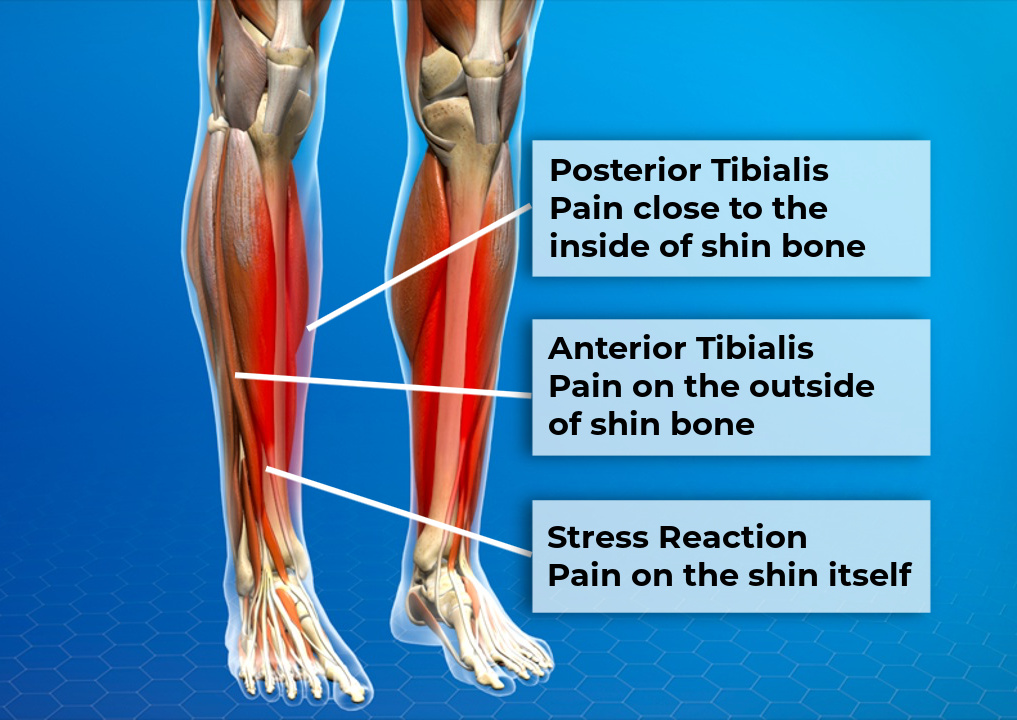
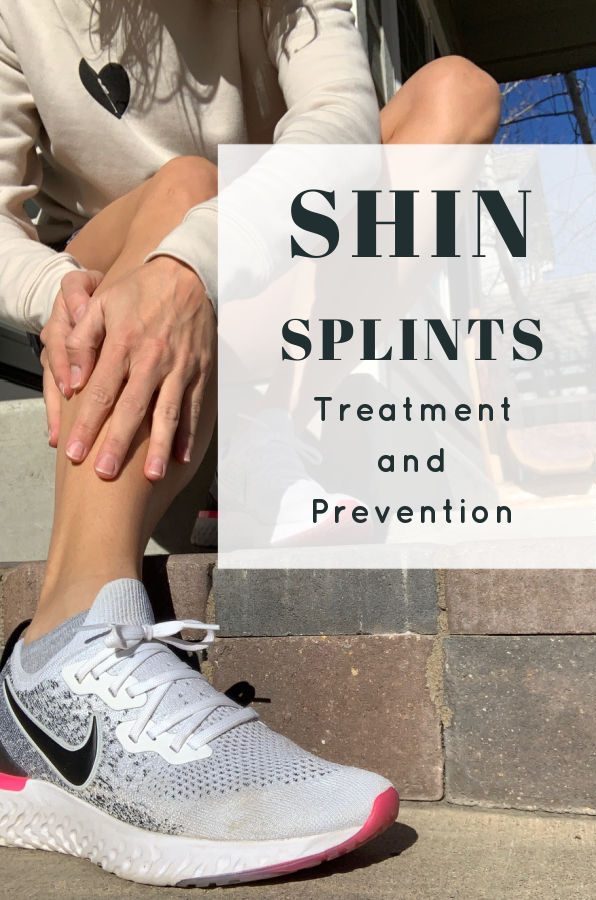
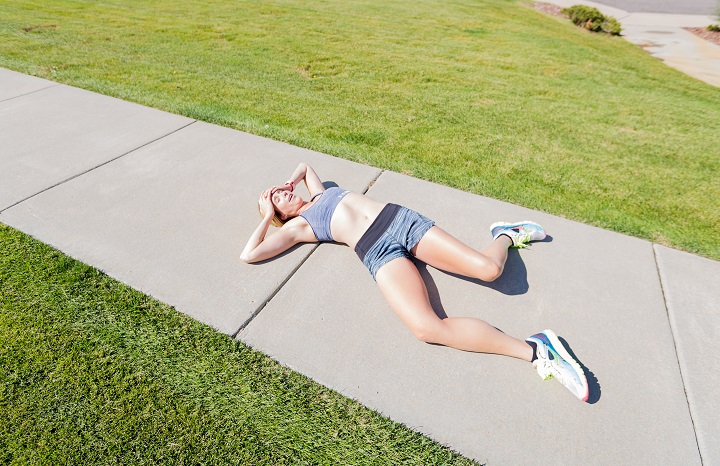
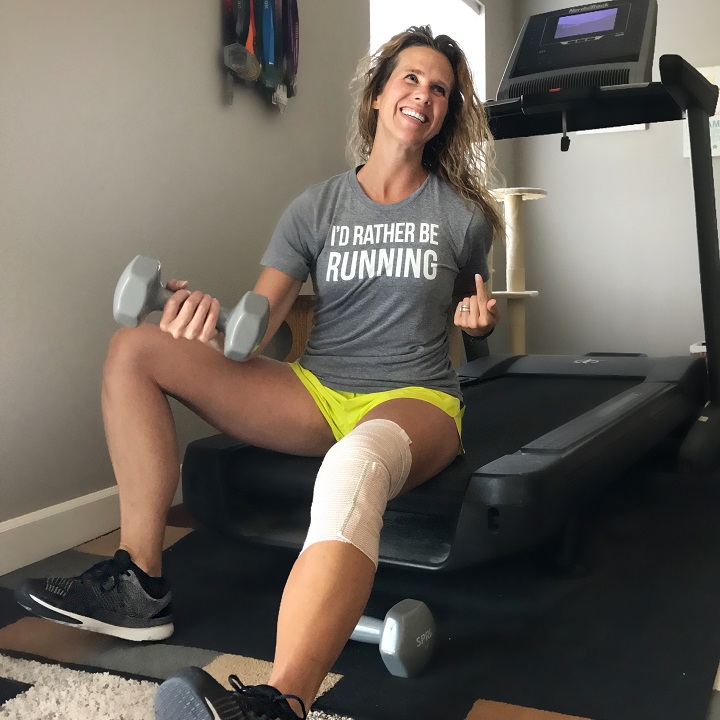
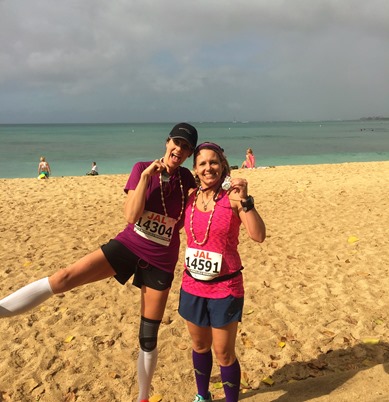
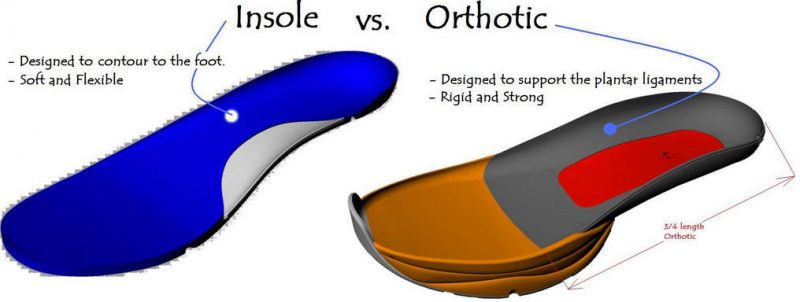
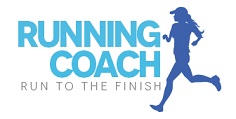
 Hill Sprints | Best Speed Workout for Strength and Injury Prevention
Hill Sprints | Best Speed Workout for Strength and Injury Prevention